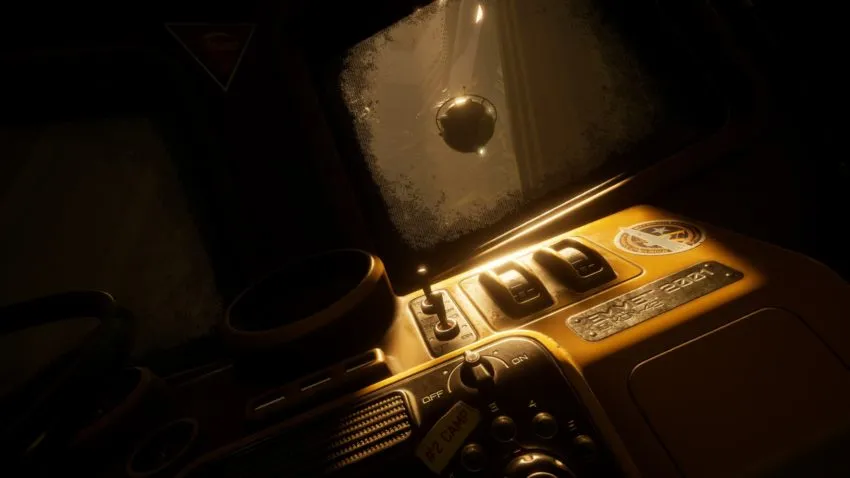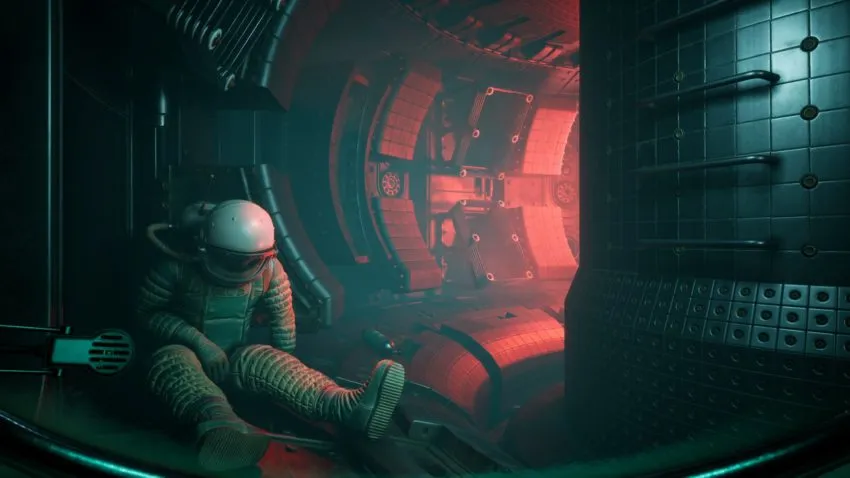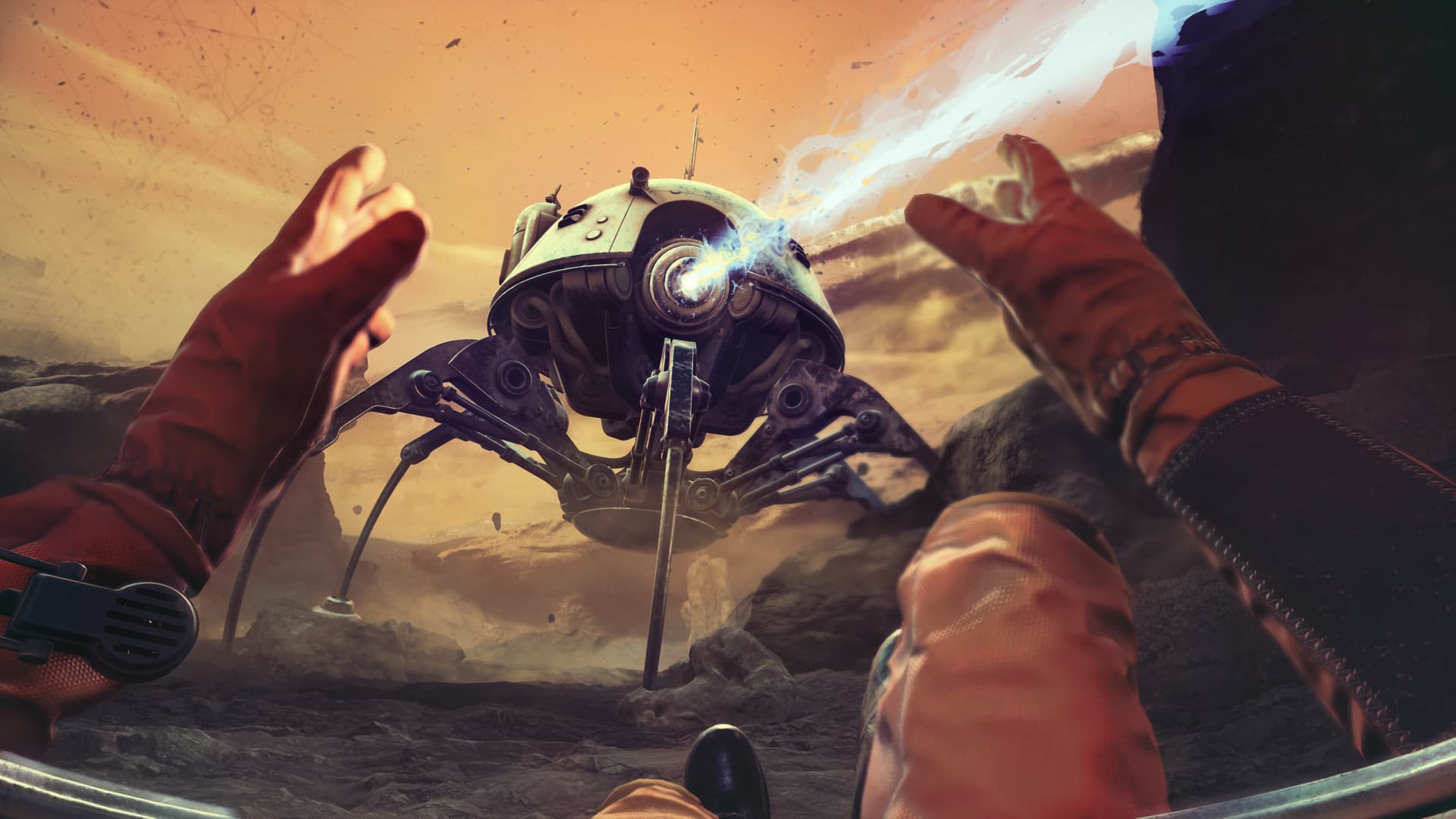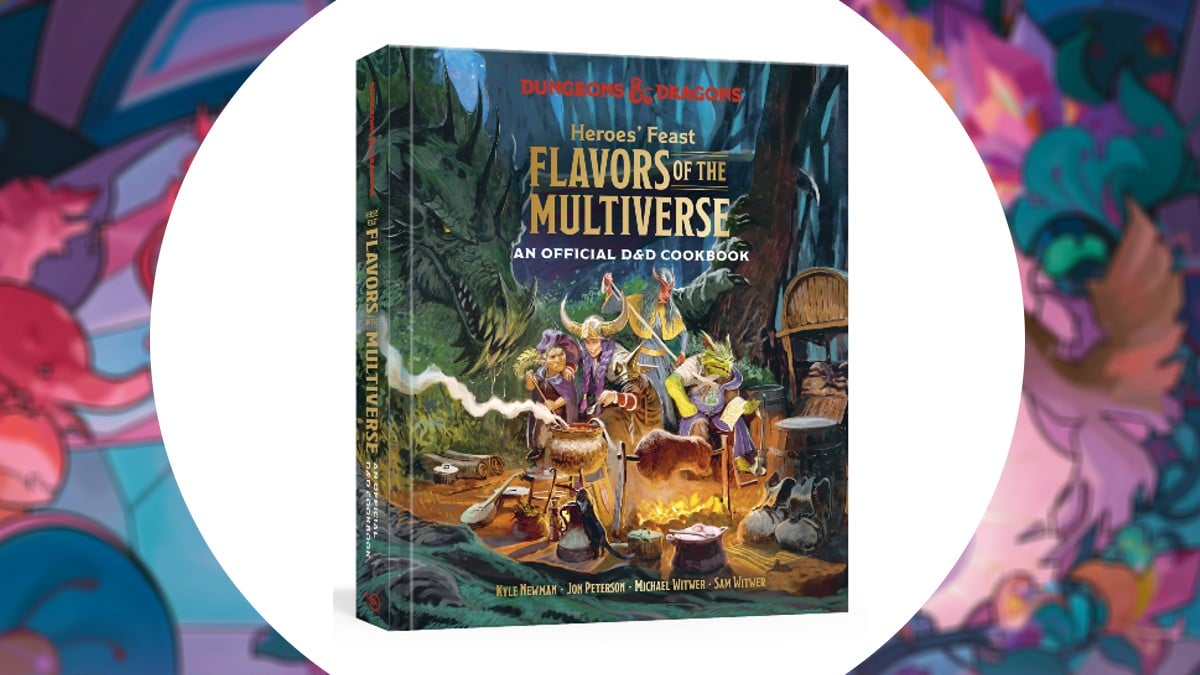After many years spent working in the gaming industry, including time spent at Polish powerhouse CD Projekt Red working on The Witcher 3, Marek Markuszewski felt it was time to set up his own studio. With a group of likeminded developers, they formed Starward Industries, and have set their sights on an ambitious project. Titled The Invincible, it’s an RPG based on the hard-sci fi novel of the same name by Polish author Stanisław Lem.
With no shortage of passion and ambition, the team now hopes that it can bring the work of one of science fiction’s thematics heavy-hitters to a whole new audience, in a whole new way.
We sat down with Marek, now in the role of CEO of Starward Industries, to talk about the risks involved in such a project, how inspiration can be difficult to ignore, and why his team feels gamers are ready for a tale like The Invincible.
How intimidating is the move to set up an entirely new studio? How long had the team been thinking about starting up Starward Industries, and what was the final thing that made you take the leap?
Marek: From a personal standpoint, it’s never a good time to turn your life upside down. Back in 2017, I was on a beaten path in the industry, having just finished the second DLC for The Witcher 3. With such credentials, it would have been natural to stay or to join a new project elsewhere, as the local game dev scene was exploding with opportunities. Yet there came a moment of enlightenment to independently start a new studio. It sounds crazy even in normal circumstances, but at that point I was expecting my first child, so diverting time, attention, and savings into a highly risky venture wasn’t the safest of choices.
Luckily I was certain of what project I wanted to do. But planning was the easy part. I needed a team of ravenous, passionate, and fearless individuals ready to strongly commit to a crazy project. The most daunting challenge, though, was to secure financing, as the budget far exceeded my expectations. It took a long time, countless meetings, and facing lots of rejection and disbelief. Fortunately, we eventually met investors as crazy as ourselves, who not only offered the required funds but are also able to support the studio’s day-to-day work. In total, it took 17 months from the initial decision to starting a systematic production in a fully operational environment.

How did you all meet?
Marek: Assembling the team was a bit like preparing for a heist. I started alone and was selecting individuals of various skills. At first, I was helped for several months by Wojtek Ostrycharz on the game’s visual style. This worked so well that Wojtek agreed to stay as Art Director. With a great sketchbook on hand, I approached three very strong people with whom I had worked earlier: Daniel Betke, renowned for developing the in-house engine for open-world RPG at Reality Pump; Sebastian Spłuszka, a talented artist with strong technical background; and Mariusz Antkiewicz, previously a gameplay designer for Cyberpunk 2077. Finally, the person complementing the initial team was Mateusz Lendor, a pundit in gameplay choreography, cinematics, and visual storytelling. From there we were further expanding the team, retaining a very selective approach.
The process was organic and stretched across several months with no formal recruitment. I wanted to attract truly enthusiastic devs. After all, joining Starward Industries meant also turning lives upside down for everyone.
I think we share a fascination and desire to make a great game on our terms. For developers of a certain age and experience, it’s important to be in charge of the process. Thus, a smaller boutique team, where everyone can flourish and development is robust. Yes, the underlying motivation is personal, but the goal is to deliver a unique and remarkable product.
Poland is a hotbed of very talented developers, with teams like Techland, Flying Wild Hog, 11 Bit Studios, CD Projekt Red, and People Can Fly all producing extremely successful and impactful games in recent years. How inspiring is it to know that developers in the country are having such a positive impact on the industry?
Marek: If I could speak for my talented and successful colleagues, I’m sure we all feel privileged to be able to communicate across borders by making games, while learning a lot from our counterparts across the world. Our parents, largely growing under Soviet oppression, haven’t had a similar chance. Luckily, Poland always strived for high literacy and engineering-oriented education and pursued the latest technologies, despite being behind the Iron Curtain. The first 8-bit computers, which appeared in the mid-’80s, kicked off a software development scene, and a community of gamers started growing exponentially. Today we’re very lucky to have brilliant programmers, designers, artists, and composers, but the foundations were laid back then.

What, specifically, about The Invincible inspired the team to the degree that you wanted to so thoroughly explore it in a game?
Marek: The book reads like a movie script, as it’s both epic and believable, with stunning descriptions. The imaginative value of the novel has been often praised by critics and other writers, e.g. Theodore Sturgeon described two core features of The Invincible as, “The Science is hard. The descriptions are vivid and powerful.” The story with several turning points is going to keep gamers seriously engaged with what they’ll be discovering.
Stanisław Lem is, to me, a true science-fiction writer, where the exploration of what humanity doesn’t understand, and how this ignorance can impact us as a species, is a common theme. He was also an incredibly intelligent author. How do you go about turning something like The Invincible into a game while hoping to avoid dilution of the philosophical themes in the story?
Marek: It’s great to hear that Lem’s works resonate so much globally. I agree they are not the easiest to read, but The Invincible is one of the lighter novels. We’ve found it actually entertaining, despite some very serious vibes. It also has great descriptions and features facilitating adaptations. This configuration is perfect for attracting and entertaining gamers, while delivering the philosophical themes in the background. Not everybody may like or want to dig deeper, or even notice them. What’s important is that the story is going to be very personal for gamers, to immerse them and make them feel a part of it.
Does seeing the success of a game like Control from Remedy add a degree of comfort to exploring more complex themes than we might traditionally see in games? Do you feel there is a growing hunger in gamers for deeper and more challenging stories, that perhaps have more open-ended narratives?
Marek: Exactly! Being serious, innovative, and ambitious in terms of narrative can be also commercial. To us, the trend is comforting but not alleviating [laughs]. We’re aware of the challenge to tread carefully, balancing entertainment and profoundness. After all, games — even serious ones — are supposed to be a relaxing entertainment.

The image attached to the press release reminds me a lot of the artist Pascal Blanché. What kind of inspirations did the team turn to when settling on the art direction of the game?
Marek: Pascal’s work is a great example of how the atompunk style can function in the contemporary world. Our inspirations have similar roots, yet for the most part, we’re reaching for more classic works of Chris Foss, Chesley Bonestell, or Syd Mead. We also often researched the actual design of Soviet spacecraft, vehicles, and costumes from the early era of the space race.
Games are an amazing mashup of visuals, narratives, mechanics, and sound. How do you go about translating something from the page into something that is effectively far more complex and delicate?
Marek: I’m glad you asked this. Starward Industries wants to excel in providing narrative gameplay, in the sense that every single part contributes to telling the story. To embed this approach into gameplay, we break down the story into several layers, deciding what exactly we want to deliver in terms of setting, characters, interactions and emotions, events, facts, storyline. Then we design so-called storytelling tools which include UI, environments, motion, sounds, voices, and start putting it all together in a carefully controlled and directed interactive experience.
In a hypothetical situation, what would be your dream follow up project after The Invincible? Would you once again seek inspiration from an author like Lem, or is there perhaps a story that the team would love to tell that is entirely its own?
Marek: Our biggest dream is to deliver a product that is going to be remembered as a fresh take on highly narrative gaming. Only, by the way, we will be implanting ideas, thoughts, and concepts of Lem into the minds of gamers. There are no shortcuts. Solid gameplay and a strong narrative is our aim, and once we’ve released The Invincible, I’m sure there will be many new opportunities. Whether to follow up to the story, or to look at other works of Lem, or to try something completely new, I don’t know yet. Certainly, the choice will depend on the level of expected emotional involvement, and the opportunity to deliver great storytelling in further games.
The Invincible will launch on PlayStation 5, Xbox Series X, and PC in 2021.







Published: Sep 15, 2020 10:06 am